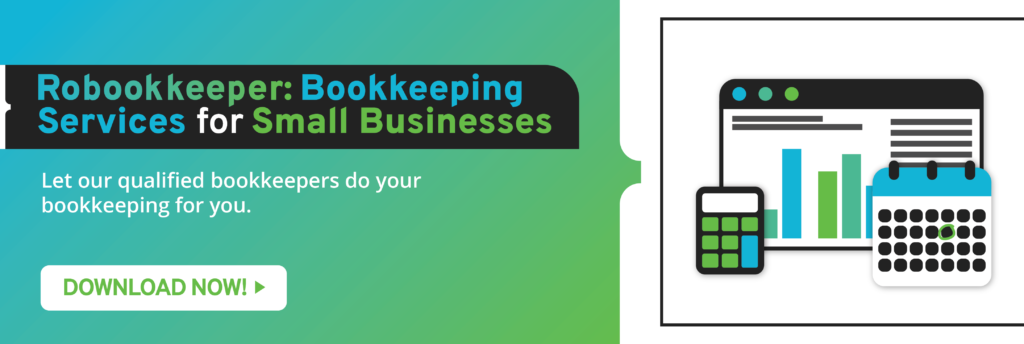Running a business requires funding from different sources. Some owners make the mistake of spending too much money for little to no returns. They think they have enough cash to cover daily operations and take on projects that allow their company to grow. However, they often go over budget which then leads to poor cash flow. The latter constrains their financial flexibility and stunts the growth of their business. Budgeting is one thing you can do for your business to reach a level of financial flexibility.
These are the different budgeting methods you can implement for the needs of your company.
Activity-Based Budgeting
This budgeting method is a meticulous and thorough approach that predicts possible costs and operating budgets. The “activity” referred to in this method are costs that your business incurs. You get a figure with this method when you:
- Determine relevant activities and drivers of costs. These affect company expenses and revenues.
- Identify a projected total number of units for activities you determine. You can use this as the baseline whenever you calculate the budget for the following year.
- Make an estimation of an activity’s cost per unit. You will multiply this number with the activity level.
Activity-based budgeting is a tedious and time-consuming process and requires accountants that have certain skills and experience. The specific nature of this approach is also costly because you’ll have to hire experts and determine a budget for each department of your business. However, it provides you with a precise cost for activities your business undertakes. This information enables you to adjust your budget and maximize profits while reducing expenses.
Value Proposition Budgeting
One of the different budgeting methods you can implement is the value proposition approach. The objective of this method is to remove unnecessary costs and determine if an activity’s cost is justifiable. The simplest way to compute your budget using this method is by:
- Identifying and clarifying your business’ desired result
- Determine your services and programs
- Designate funds for the programs
This method leads you to ask questions about not just the cost of an item, investment, or activity, but its overall value to the direction you want for your business. You’ll scrutinize each item in your budget and determine if the amount you spend on it is justifiable, if not, you’ll have to remove it from your budget. This budgeting approach is advantageous because you’ll identify which expenditures provide your business and customers with the best value. You’ll identify which costs are worth it because of the revenue and savings they bring. However, value is difficult to quantify. Opinions within your team may vary about the value a project or expenditure brings. They will also consider all the factors that might affect your budget. You might settle for short-term success over a long-term one because of the current costs you’re incurring.
Incremental Budgeting
Many businesses, both big and small, use this budgeting method the most. It’s simple to implement because you only need to make incremental adjustments based on the last or current budget. This method doesn’t have a specific formula. You use the previous period’s expenses as your starting point. You adjust for over or under spending and make changes based on them. This is a cost-effective budget method because you don’t need to analyze numbers. This allows you to stabilize your budget and monitor it closely.
Incremental budgeting may be a cost-effective and simple method; however, it can distort your expenditures and budget. Since the basis of this approach is the previous fiscal year, you’ll overlook external factors such as rising interest rates and prices of goods, inflation, natural disasters, and others. Even if your team spends all your business’ budget and goes beyond it, you’ll increase the budget anyway. This leads to unnecessary spending that may reduce your profits. It may also promote overspending without determining value among teams, so they get a higher budget every year.
Flexible Budgeting
As its name suggests, the flexible budget method follows the ups and downs of your business. This approach adjusts to the changes in spending and activities of a company. It bases its figure on revenue generated. This budgeting method is ideal for businesses that go through shifts in sales during their peak seasons. This allows them to maintain a stable cash flow to boost their sales efforts when there’s high demand and avoid debt when sales are low.
Growth and expenditures aren’t linear. Flexible budgeting trains you to adapt to changes in sales and costs. Your team will be able to see trends and make the right adjustments once they have enough financial data. You’ll also be able to schedule inventory efficiently that coincides with upswings in sales. However, this budget method requires time and plenty of mistakes along the way. You’ll need to monitor changes consistently. You’ll have to analyze and modify your budget as new data comes in. Another disadvantage of this approach is that your business goals and trends in your niche might change.
Zero-Based Budgeting
One of the different budgeting methods is the zero-based approach. The latter reverts all budgets to zero at the start of a new fiscal period. Each team needs to create a plan and justify the amount they want to spend on projects, campaigns, expenditures, and other activities. This budgeting method allows you to concentrate on goals and reduce or eliminate unnecessary spending. You can generate more income and save more for growth opportunities. Your team will be able to allocate company resources effectively because you started from zero and have justified costs line by line. You can be flexible when it comes to budgeting and spending your money. You can adjust whenever you see the need to do so. However, constant budget adjustments are time consuming. You’ll have to evaluate your costs and budget regularly so that you can determine your company’s financial position.
These different budgeting methods provide you with ways to justify costs, save money, and improve your cash flow. Identify the method you think is appropriate for the needs of your company. If you need assistance with updating your accounting books, we at Robookkeeper can provide you with experienced virtual bookkeepers. We offer first-rate outsourced bookkeeping services that cater to your needs.



